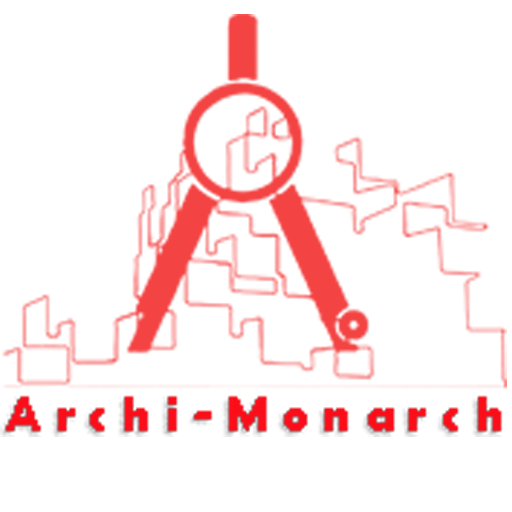A typical detail for a European Water Closet (EWC) in architectural design includes essential components and considerations to ensure functionality, hygiene, and efficient space planning. The EWC, commonly known as a toilet, is usually positioned in a bathroom or washroom with a designated water supply and drainage system.
The detail typically features a ceramic bowl with a flushing mechanism (either wall-mounted or tank-integrated), a toilet seat, and a P-trap or S-trap for water sealing and odor prevention. The installation requires proper floor or wall anchoring, ensuring the fixture is level and securely fixed.
The plumbing layout should allow for adequate water pressure for flushing and include a vent pipe to maintain proper drainage. In architectural drawings, the EWC is often shown in plan and section views, indicating clearances, dimensions, and materials.
Space around the EWC is also important for accessibility, maintenance, and comfort, typically requiring at least 450 mm clearance on each side and 750 mm in front. The detail may also include specifications for finishes such as tiles for easy cleaning, as well as ventilation provisions for hygiene and moisture control.
If you want to know about the staircase detail or toilet detail or miscellaneous detail, please click the link.
Image of Typical detail for EWC detail and downloadable (in DWG) link below

Typical detail for EWC detail drawing – 1
A typical detail for EWC (European Water Closet) in construction drawings provides essential technical information for the accurate installation of the toilet unit in compliance with architectural and plumbing standards.
This detail is crucial for coordination among architects, civil engineers, and MEP (Mechanical, Electrical, and Plumbing) teams.
In a construction drawing, the typical EWC detail usually includes:
- Plan View – This shows the position of the EWC in relation to walls and adjacent fixtures, ensuring appropriate clearances (typically 450 mm from the center to side walls and 750 mm front clearance).
- Section View – A vertical cut through the EWC to show floor slab penetration, fixing methods, outlet type (P-trap or S-trap), and connection to the soil pipe. It may also show the cistern (concealed or exposed), flush pipe, and vent pipe.
- Elevation View – Displays the height of the EWC seat, typically 400–450 mm above the finished floor level (FFL), and the height and location of the flush control (manual or sensor).
- Fixing Details – Information on how the EWC is anchored to the floor or wall, including anchor bolts, washers, and silicone sealant to prevent water ingress.
- Drainage and Water Supply – Pipe diameters, slopes, and materials (e.g., PVC or HDPE for waste, CPVC or PPR for supply), with notations indicating connection to main lines.
- Finishing Details – Specification of waterproofing layers, tile backing, grout lines, and any necessary slope toward the floor drain for hygiene.
- Annotations and Notes – Any special instructions, such as anti-bacterial coatings, flushing standards (e.g., 6/3 liter dual flush), or ADA compliance for accessible toilets.
These details ensure correct placement, structural stability, proper water flow, and ease of maintenance while adhering to codes and user comfort standards.
Our tips to help you improve your architectural Typical detail for EWC detailing.
